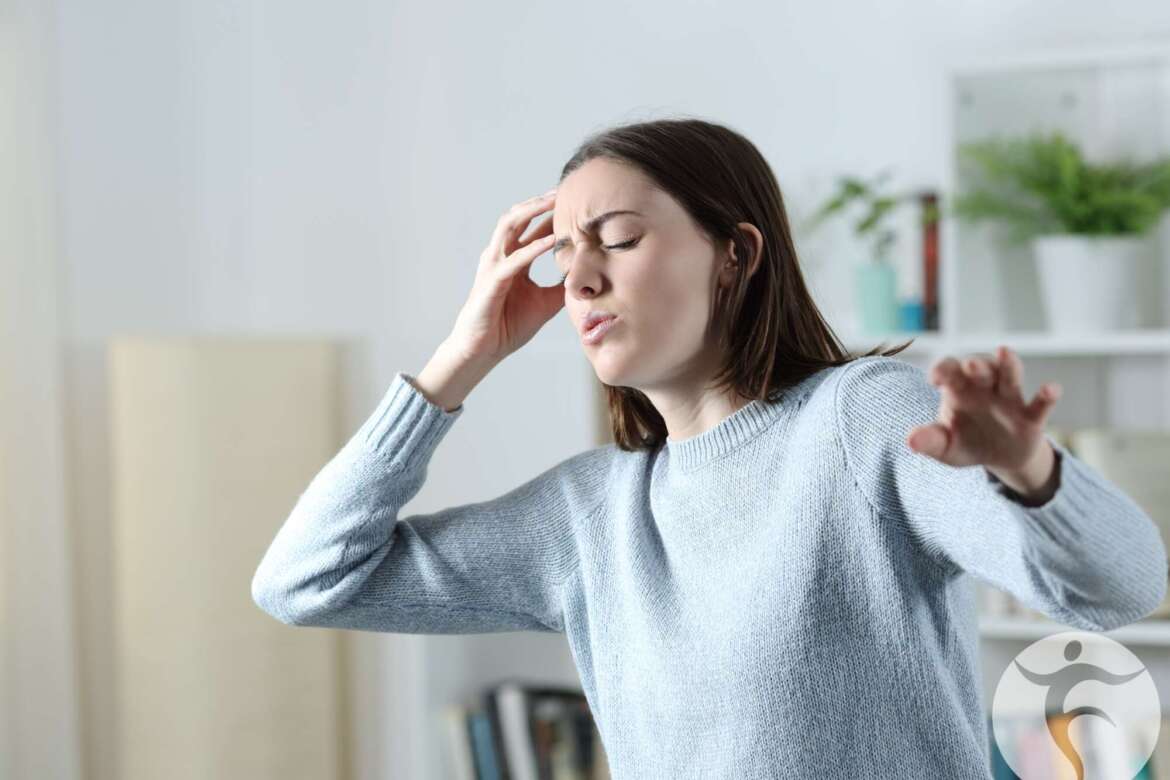The First Line of Help for Vestibular Conditions
Few people realize that physical therapists are often the first line of care for treating vestibular conditions—issues that affect balance and spatial orientation. These can include vertigo, concussion, disequilibrium, and imbalance. To understand how vestibular therapy helps, it’s essential to first understand what the vestibular system is and how it functions.
What is the vestibular system?
The vestibular system is located in the inner ear and consists of small organs and bones that detect head movement and changes in position. It plays a key role in helping us maintain our balance. Without a properly functioning vestibular system, even simple tasks—like standing up, walking straight, or turning your head—can feel challenging or impossible.
Balance, however, is not controlled by the vestibular system alone. Our bodies also rely on:
- Visual input from our eyes
- Proprioceptive input from our muscles and joints
Together, these three systems keep us upright, coordinated, and free from that unsettling feeling of being “off.”
Signs of vestibular dysfunction
When the vestibular system isn’t working correctly, you might experience:
- Vertigo (a spinning sensation)
- Dizziness or wooziness
- Fogginess or difficulty concentrating
- Instability or frequent falls
- Changes in vision or hearing
Common conditions affecting the vestibular system include benign paroxysmal positional vertigo (BPPV), labyrinthitis, Meniere’s disease, vestibular hypofunction, concussion, and vestibular neuritis.
The good news? These symptoms are often treatable. That’s where vestibular rehabilitation comes in.
How vestibular therapy works
Vestibular rehabilitation aims to reduce symptoms and restore function using:
- Repositioning maneuvers to address inner ear crystals (common in BPPV)
- Habituation exercises to help the brain adapt to dizziness triggers
- Balance training to improve stability
- Eye movement control to enhance visual-vestibular coordination
Unlike recovery from a broken bone, vestibular rehab isn’t always straightforward. The vestibular system is influenced by many factors—lighting, noise, sleep quality, neck mobility, and even past surgeries. For this reason, re-training takes time and often involves integrating the vestibular system with other body systems.
Treatment can be as short as a single session or extend to twelve or more, depending on the diagnosis and contributing factors.
The key to success: consistency
Patients who see the best results commit to their exercises and follow their home program regularly. Skipping exercises or doing them inconsistently can delay—or even prevent—full recovery.
That’s one of the benefits of working with a physical therapist: we tailor your program to fit into your lifestyle so it doesn’t feel like a burden. My goal is to help you feel better and more like yourself again.
Call Freedom today to connect with a member of our team. Your path back to feeling balanced and confident can start today.


Insightful article on vestibular conditions! It’s enlightening to learn how physical therapists serve as the first line of care, offering effective treatments for vertigo, imbalance, and related disorders.